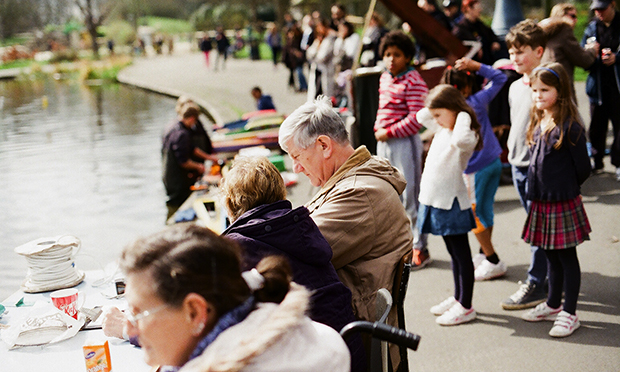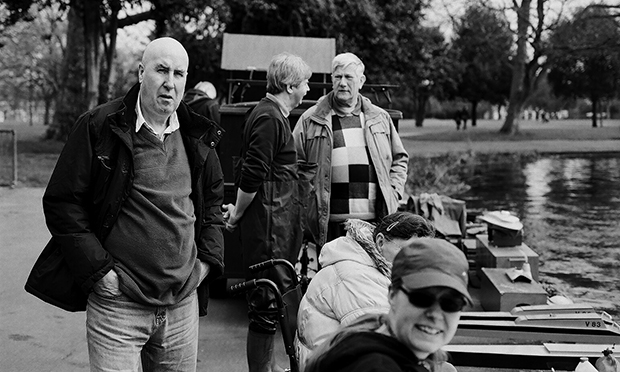Historian looks into the 'tamed wildness' of Victoria Park
“There’s often a lot of condescension about the past. We need to understand that it’s different but also see the similarities,” historian Travis Elborough explains to me over a cup of tea.
The 44-year-old, who lives in Stoke Newington, has a knack for seeing into the soul of the London landscape. His books include a history of the Routemaster bus and the peculiar story of how London Bridge was transported to Arizona after being bought by an American oil tycoon in the 1960s.
These days Elborough’s attentions have turned to parks –Victoria Park specifically – after he was named Chisenhale Gallery Victoria Park Residency artist for 2014–15.
“I’m interested in the civic and the municipal and that 19th century transformation of our urban spaces that you have in places like Victoria Park,” Elborough says.
Victoria Park is the oldest purpose built park in London and the only royal park not located in the western part of the city. It opened in 1845, as a response to the outbreaks of cholera and typhoid in the densely populated East End that were fast spreading to the affluent West End.
How Victoria Park came about, to keep the “poor and bedraggled” of East London away from the wide streets and squares of the West End, is well documented. What Elborough intends to highlight is more how people interact with urban spaces, and how the parks’ functions change alongside society.
“It sits opposite the Olympic Park, and the Games were an attempt to improve an area through sport and regenerate it. There are parallels between that and the development of Victoria Park as well, not via sport but via housing,” he says.
Elborough tells me about James Pennethorne, who designed Victoria Park. Pennethorne had worked with John Nash on Regent’s Park, a notable feature of which is the surrounding luxury housing.
“There is an attempt to repeat that at first in Victoria Park. The original plan was to have quite grand park-side mansions and crescents, but there just wasn’t the interest because the East End still had quite a negative vibe to it, and the canal that passes on one side was a working canal.”
Before this, part of the land that formed the park was called Bonner’s Fields, named after a Bishop of London who was an ‘enthusiastic burner of heretics’ during Queen Mary I’s reign. Another bit of it was nicknamed Botany Bay, as it was where convicted criminals hid to avoid being transported to Australia.
The book Elborough is currently writing features parks in Paris, New York and Germany. Its main focus, however, is Britain.
“In Britain, parks take on a particular characteristic which is different from other civic spaces. It’s partly because of Britain becoming the first fully industrialised nation so they become almost the fallowed field of the former agrarian society,” he says.
In the 18th century, the space on which Victoria Park is built was used for grazing animals and rough and ready sports, gambling and prize-fighting. When the park opened, however, it became a genteel space with a lake and railings around the paths, in keeping with the Victoria idea of the promenade.
“Parks are both tamed wildness and are used to tame wildness,” says Elborough, whose research looks at how the evolution of team games such as crochet and tennis subverted the tamed nature of Pennethorne’s initial design.
Then there’s the political meetings and demonstrations that have occurred in Victoria Park: a major rally by the Chartists, a political speech by William Morris and one of the great Suffragette rallies on May Day in 1913.
“It’s a public space but it’s one which is controlled because there are rules about how you can behave. But then we subvert those rules, so there’s always that tension.”
As part of the Victoria Park residency, Elborough is hosting Games for May, a series of public events in which Elborough invites specialists and park users to consider how the physical landscape of the park has been formed through social ritual and technological invention.
This will include a workshop with Norman Lara from the Victoria Park Model Boating Club on 24 May, followed by a model boat regatta. Chisenhale Gallery has also commissioned Elborough to write a series of short texts to be published on the gallery’s website.


